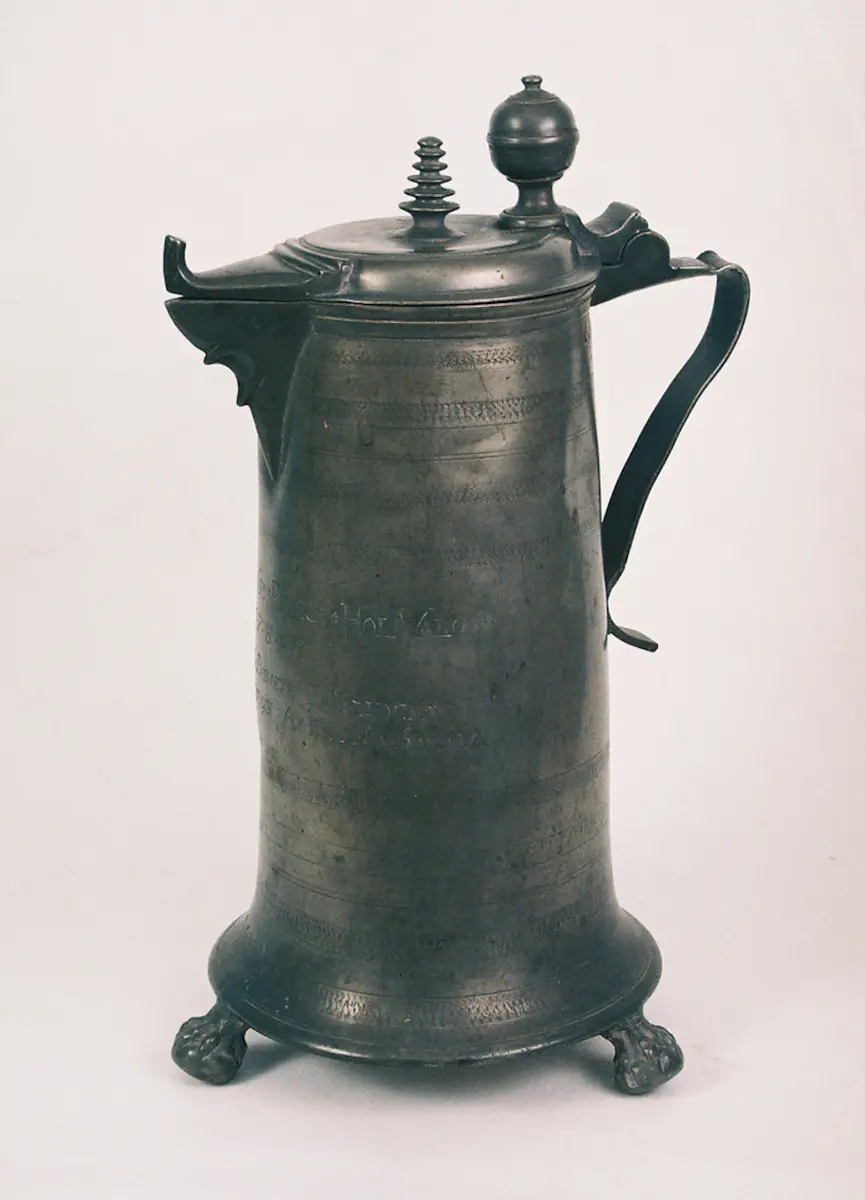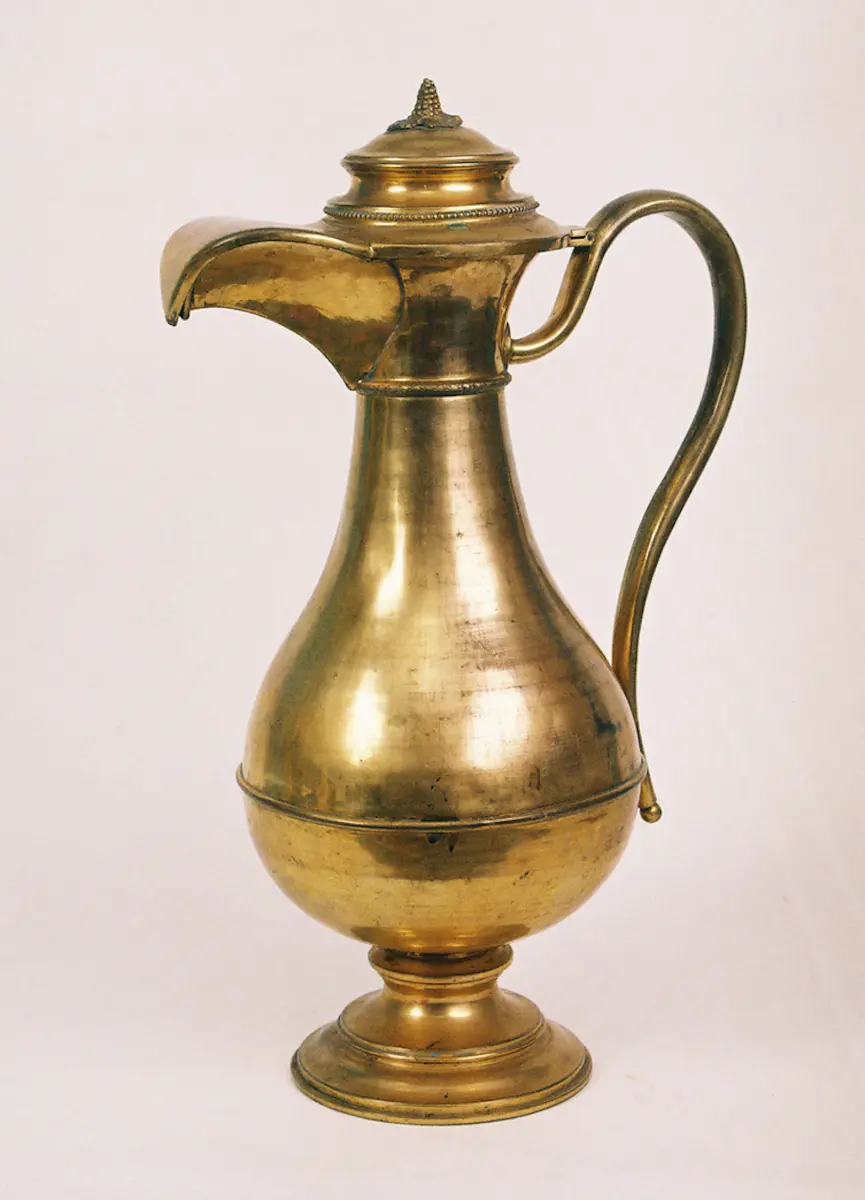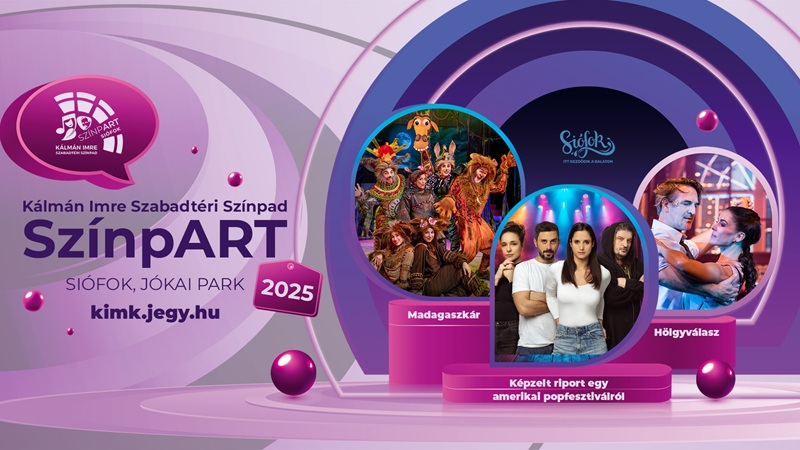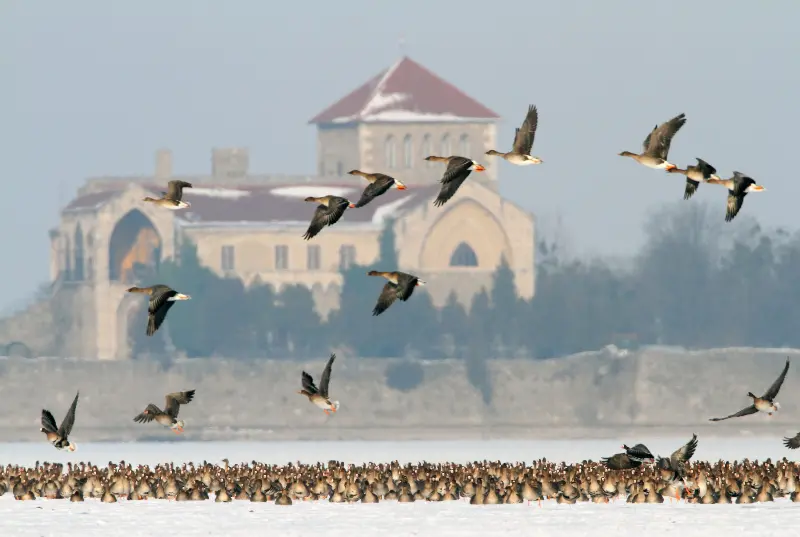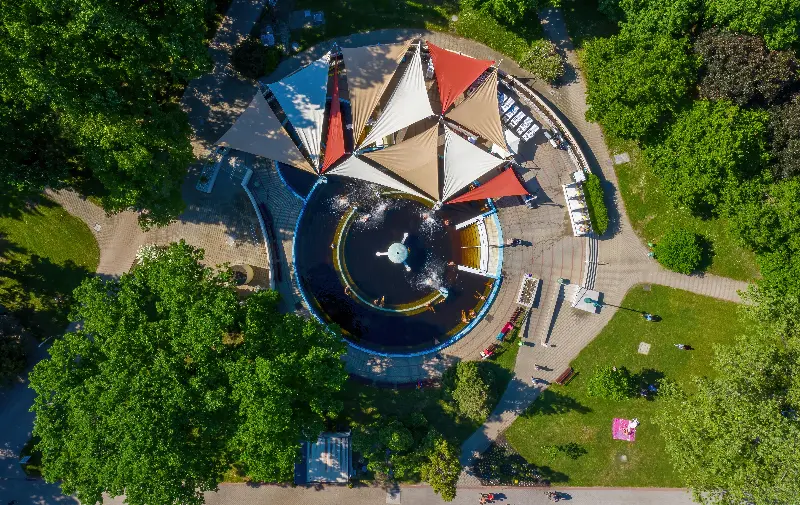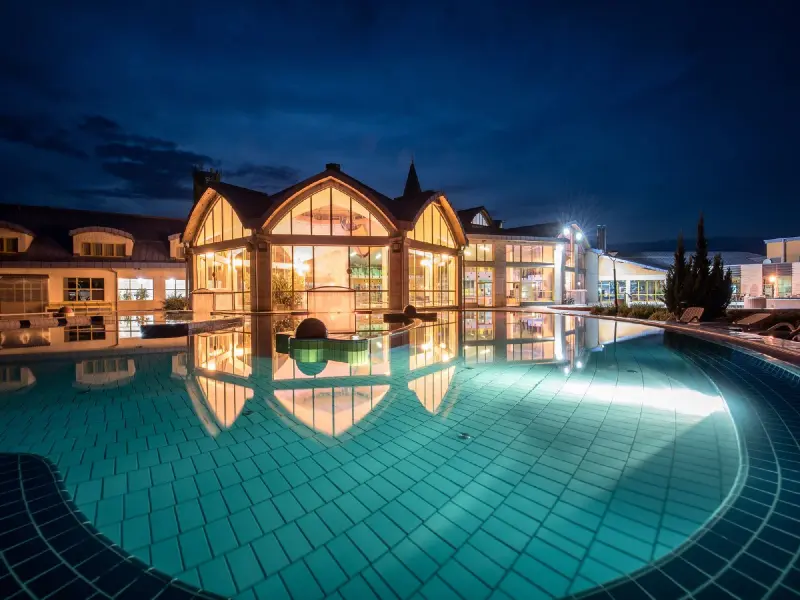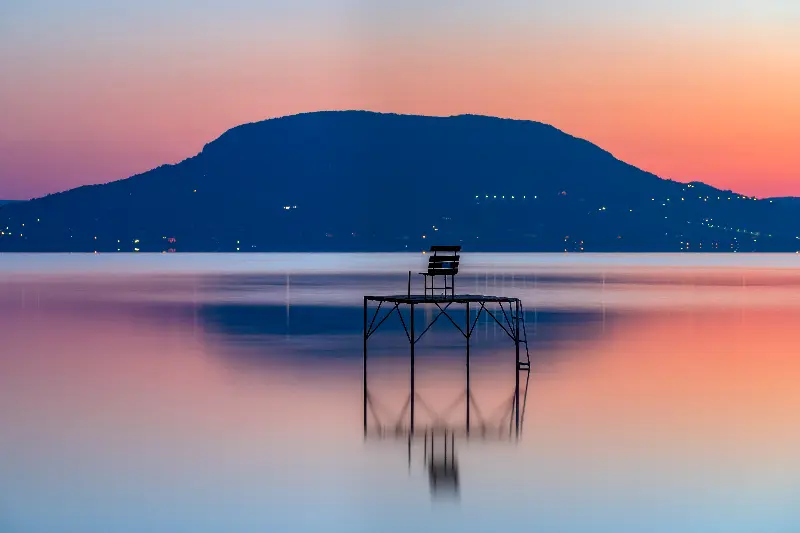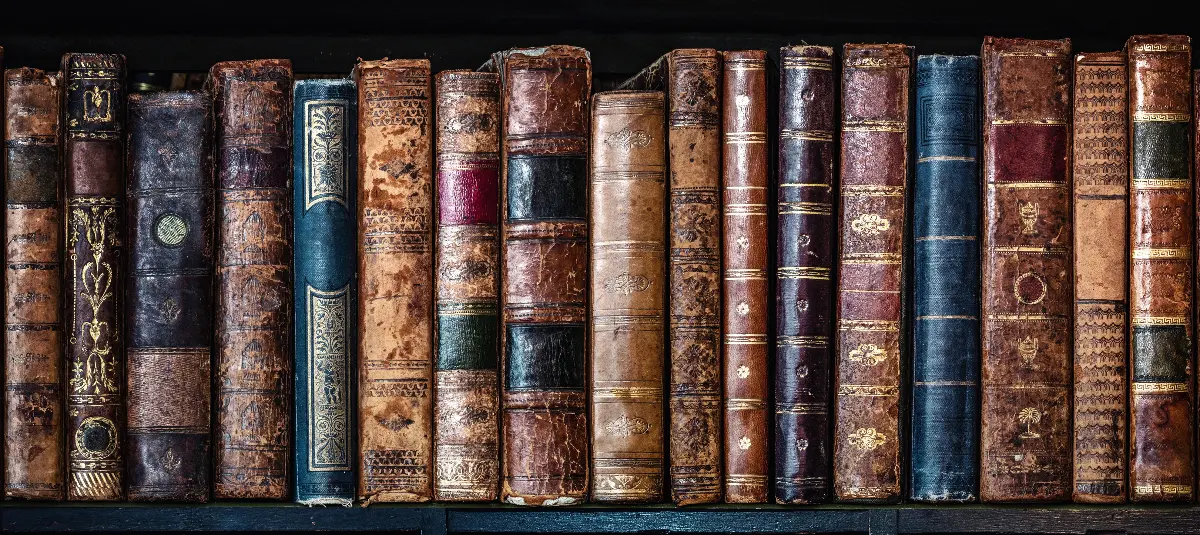
Helyszín címkék:
Ráday museum in Kecskemét, which is packed with treasures of sacred art
Bóday Csilla
Pál Ráday, the founder of the library, II Ferenc Rákóczi’s chancellor
Pál Ráday spent his childhood and most of his life in Nógrád. He attended the Reformed school in Losonc, then he studied philosophy and theology in Körmöcbánya. When he was 18, he could speak and write fluently in French and German. His career began early, and it did not take much time for him to be elected notary of Nógrád. In 1704 he was the internal secretary of Ferenc Rákóczi II, he also worded among other things, the famous manifesto beginning like this „Recrudescunt…”. Rakóczi sent him as a legate to northern and eastern courts many times, he appeared as a princely executive at the national assembly in Szécsény. He became a famous stylist and orator. Later he was elected the director of the Transylvanian Parliament and chancellery. He was the member of several national committees. He was frail at the end of his life, but still ran his farm and continued his literary work. Ráday was one of the first collectors of books, he was the first who built up a library of Hungarika, and laid the foundation of the famous Ráday library. His songs, which were composed following Albert Szenczi Molnár’s psalms, enriched the protestant poetry of songs with new melodies.
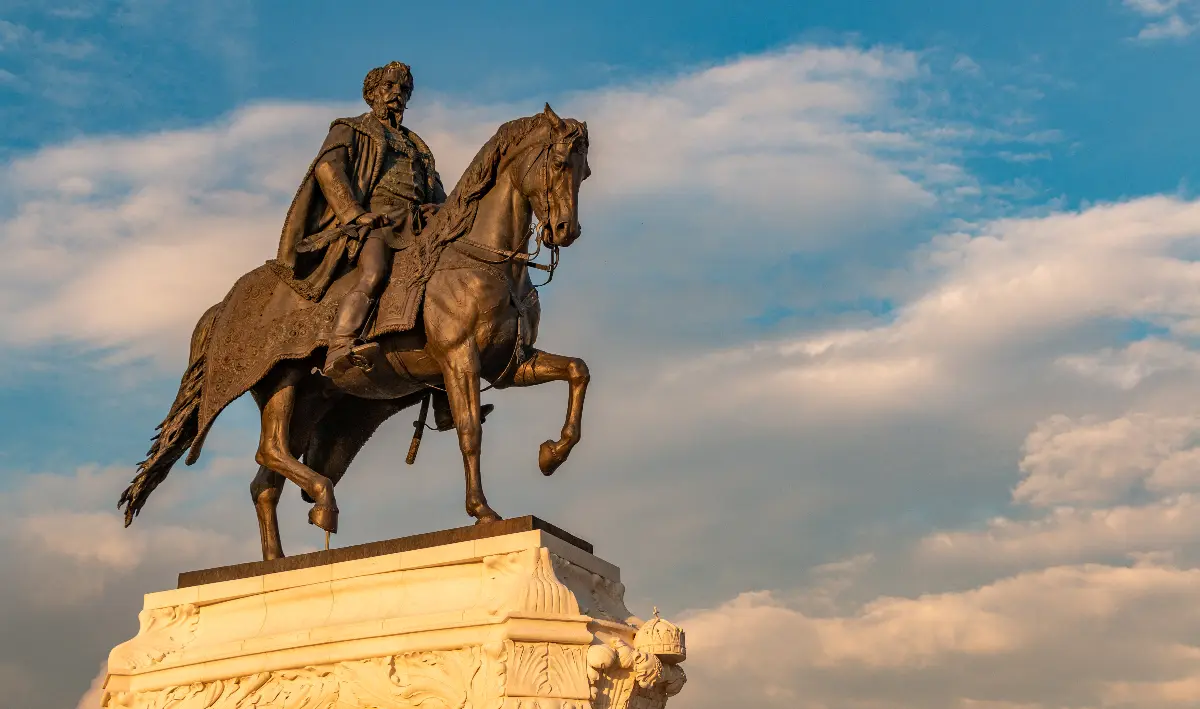
The younger Ráday
Pál Ráday’s son, Gedeon was considered as a Hungarian poet, literary translator and politician. He was one of those who initiated the Enlightenment and he was one of the leaders too. He belonged to the best contemporary religious poets, his psalms were sung for a long time. His father provided a firm spiritual and moral basis for the boy who was already very clever in his childhood. He studied in Pozsony when he was 17, then he continued his studies in Berlin, where he learnt protestant theology, philosophy, history, antiquities, logic, history of the church, poetry, rhetoric, he took private lessons in French, drawing, and even dance. Later he studied law at the university of Frankfurt. He was 20, when his father died, he returned home, and managed the family estate besides which he took account of prospering Hungarian culture as his most important duty. Then he got married and built a castle in Pécel, where the library received the largest space. Gedeon had in important role in the disputes about the county’s religious policies. He took part in the coronation of Maria Theresa and he became the legate of the Parliament in Pest-Pilis-Solt county. He made the acquaintance of Ferenc Kazinczy with whom he kept in touch afterwards. Joseph II awarded him the title of baron, Leopold II gave him the title of earl.
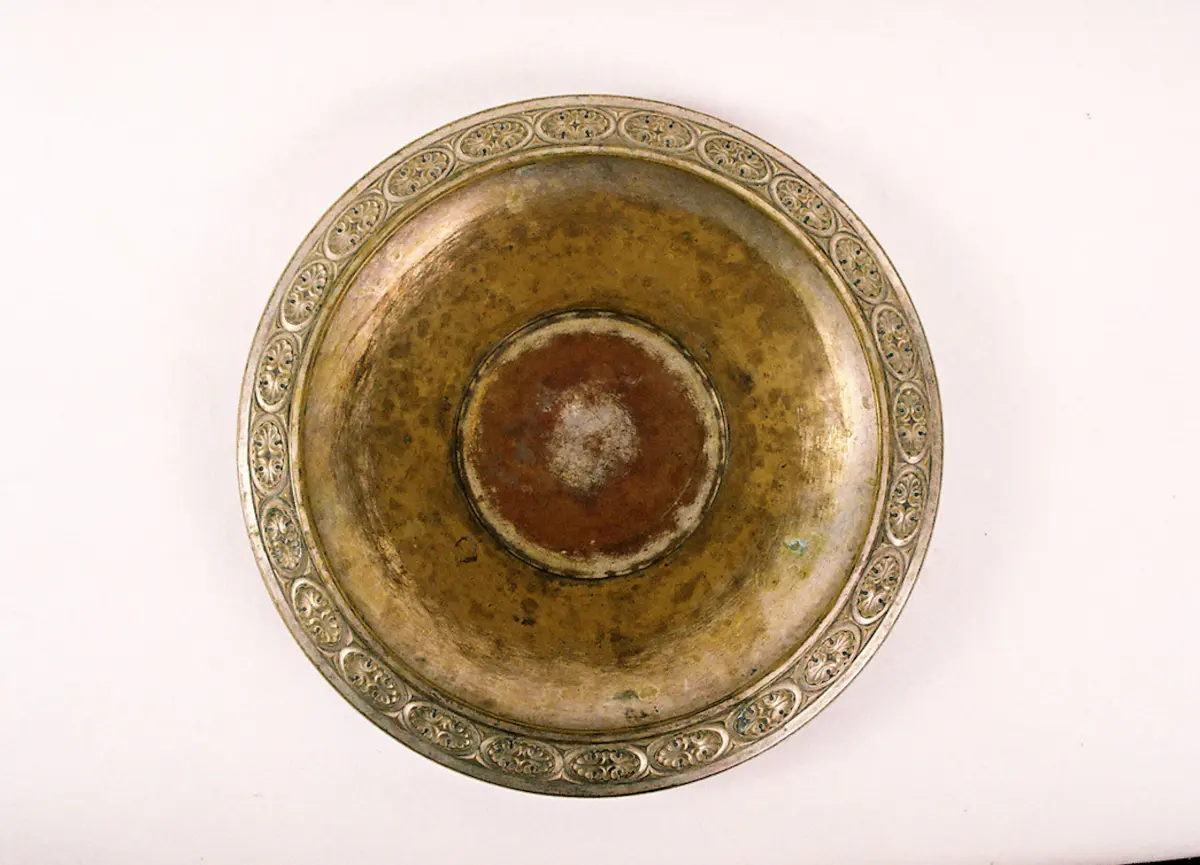
The Rádays’ legacy
In Ráday street, Pest, the Bible Museum was established based on the religious artworks collected by the famous scholar, polymath father and his son, but even earlier, in 1967, the religious art collection of Dunamellék Reformed Church was founded, which has been awaiting visitors in Kecskemét as a museum since 1983. The museum also has a great amount of memorabilia displaying the work, life and history of other congregations, including historical sources, artworks, industry and folk art. The exhibition is based on the Ráday Family’s collection, in addition to which the donations received since then complement the museum stock. The Ráday Museum is located in the Old College building, where higher education is still taking place, and which also provides a dormitory for students. The primary purpose of the museum is to provide the visitor with everything that can be learnt about the Calvinist congregation. It thoroughly introduces the visitor to the liturgical traditions of Reformed worship and presents the objects of the common furnishings of the churches. The biggest theme of the permanent exhibitions is the Reformed church art of the Dunamellék, but we can also see the exhibition “Secrets of the Locked Room”, which deals with János Muraközy’s life and paintings. The series of exhibitions is further enriched by the Fuxreiter Mineral Collection opened under the title “The Third Country of Nature” and the exhibition “Flowers of the Ceiling” by Mrs. Sarolta Tomcsányi Szemere.

